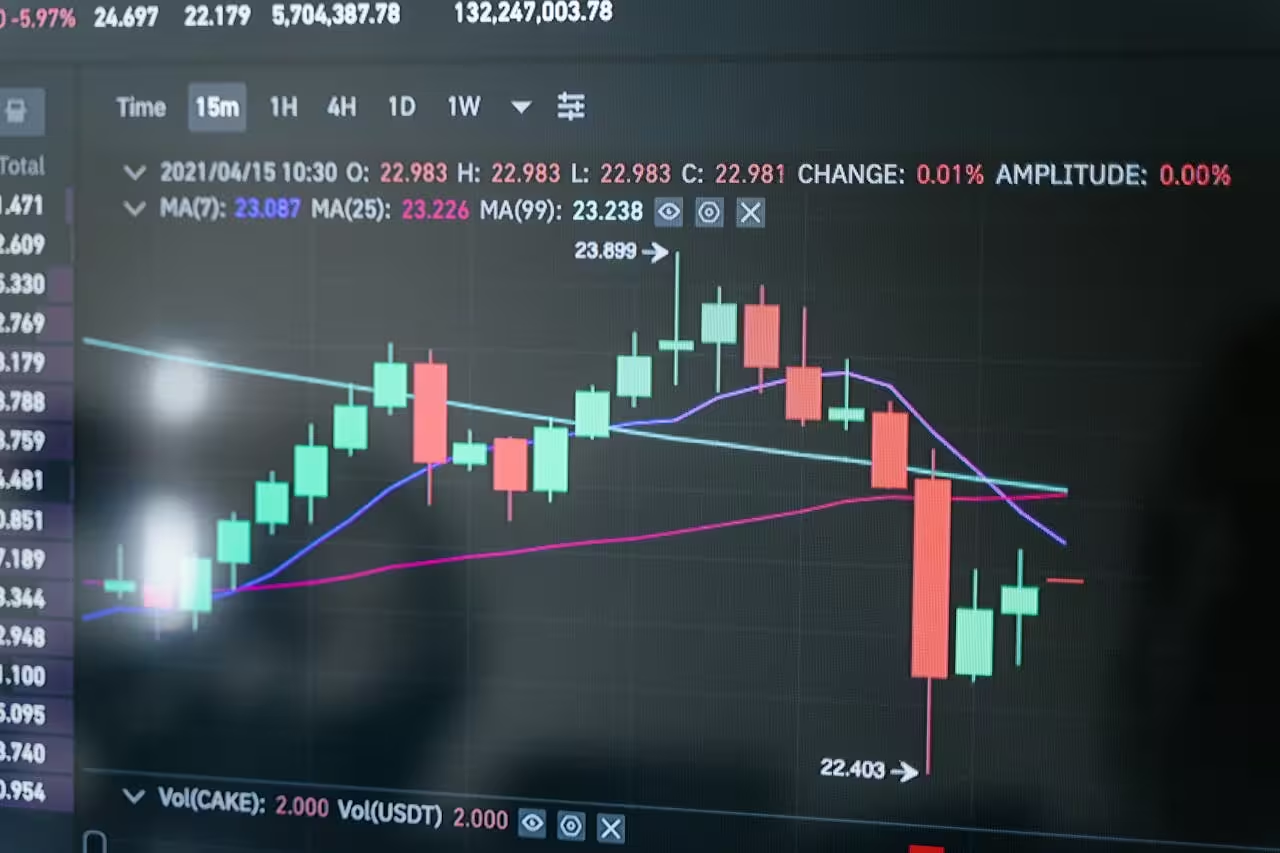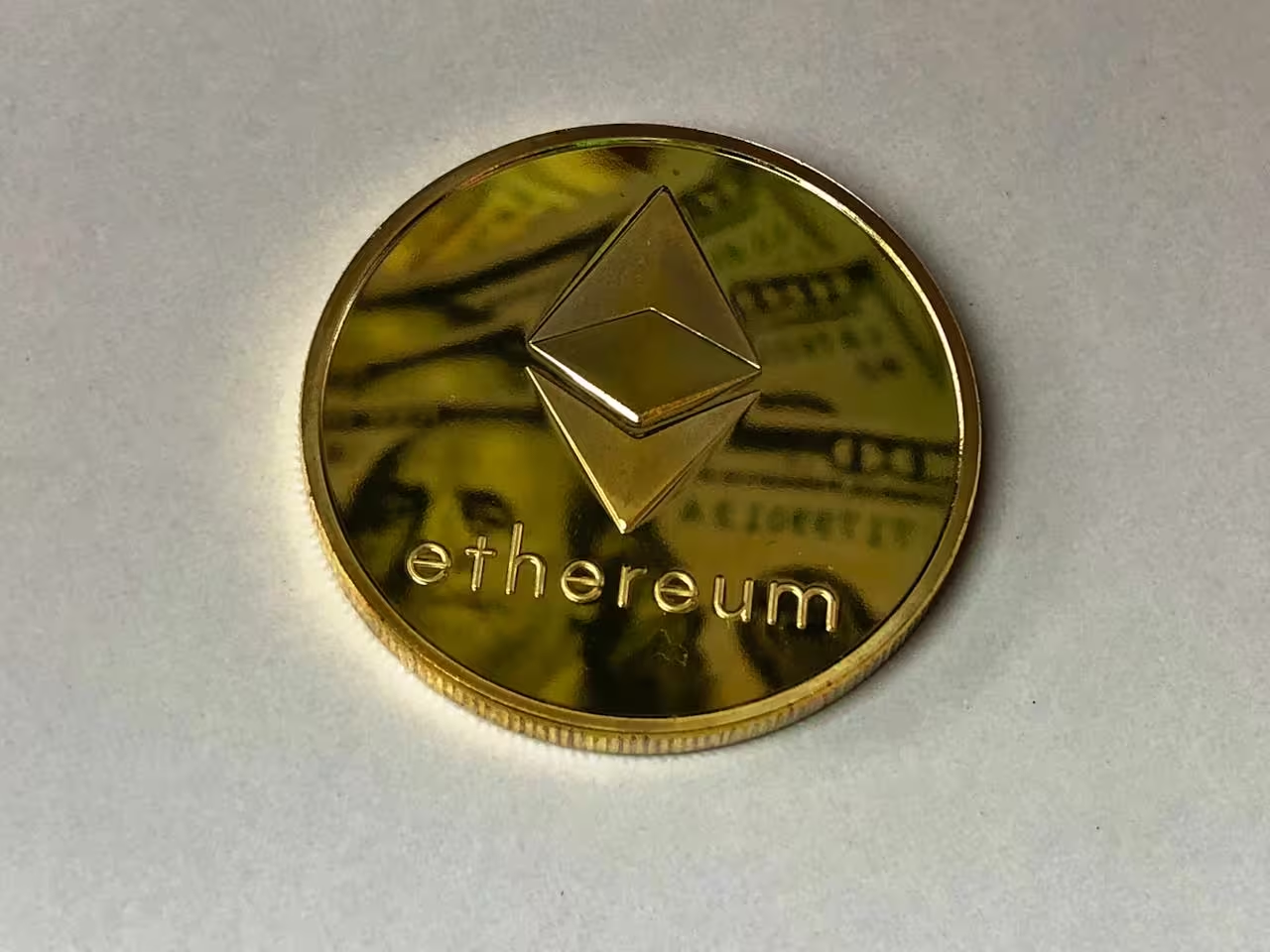Maximize Crypto Staking Returns 2024: A Detailed Guide
Introduction Cryptocurrency staking has emerged as a popular way for investors to earn passive income in the rapidly evolving world of digital assets. As we move into 2024, the staking landscape continues to grow, offering new opportunities and challenges for those looking to maximize their returns. This guide will provide an in-depth analysis of crypto … Read more









